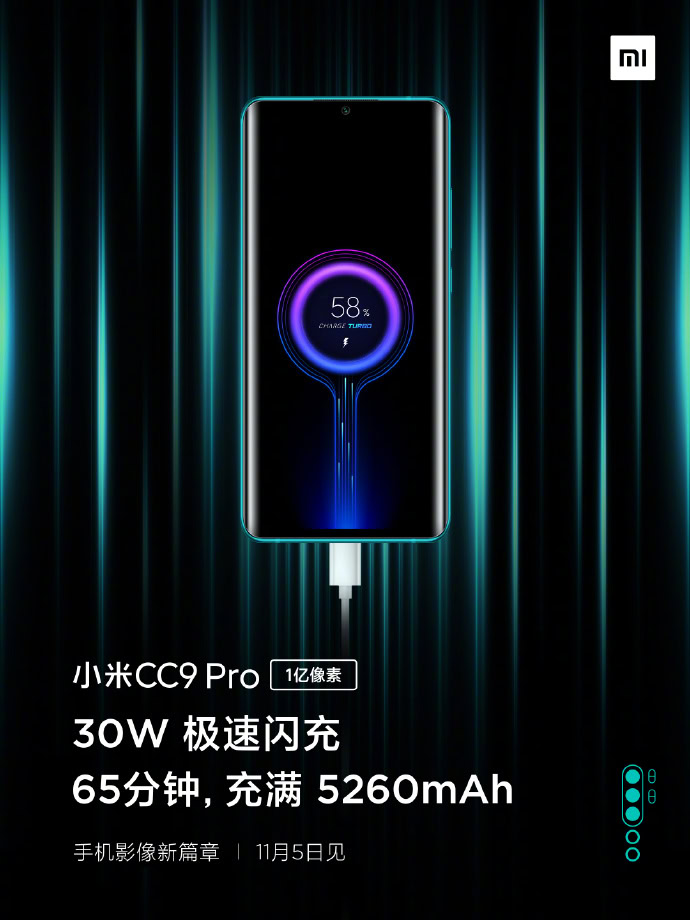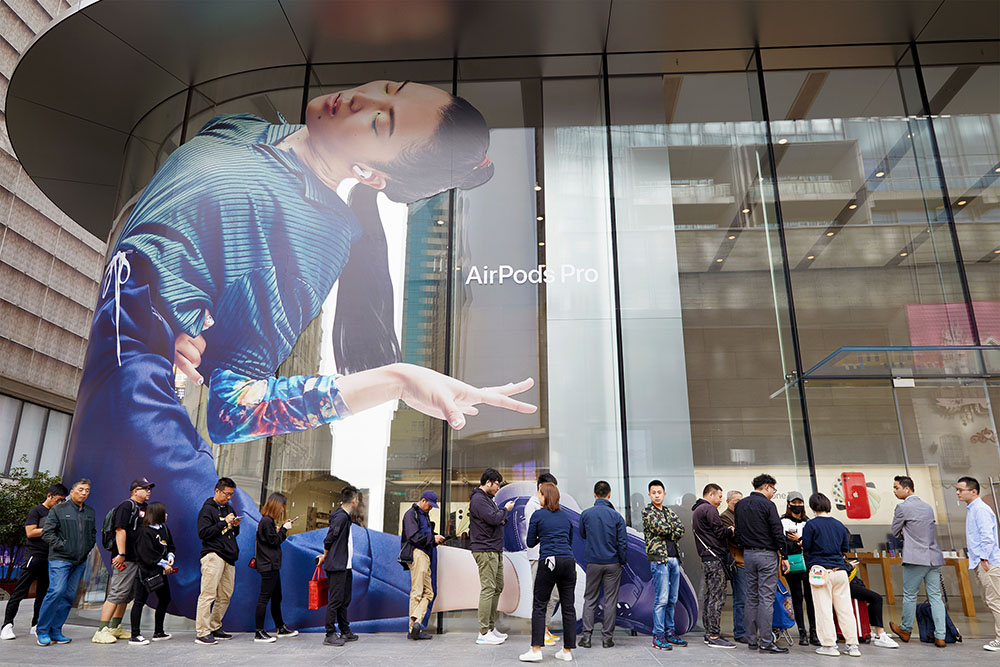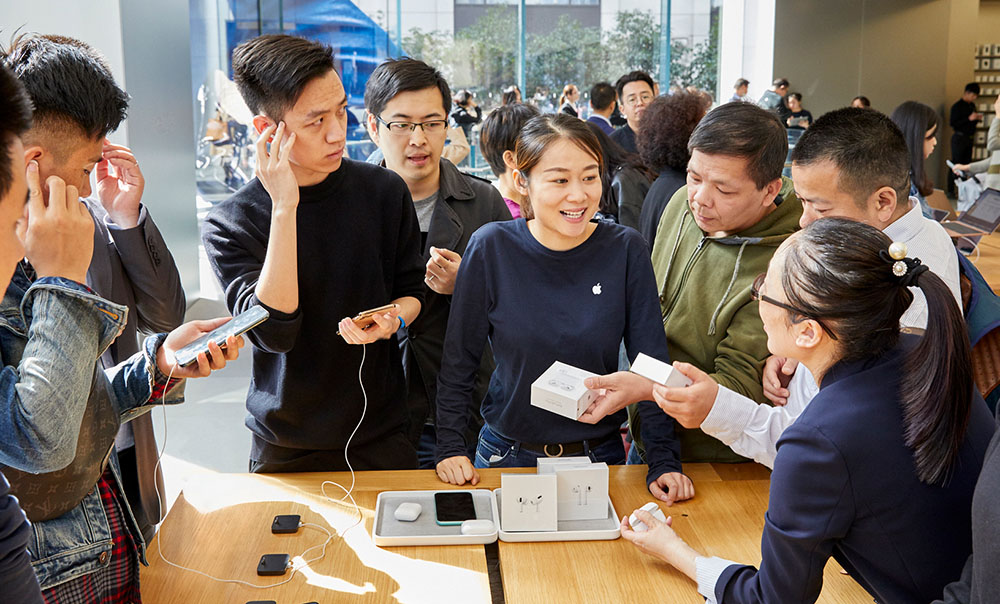Small wonder that Sony moved to snap up console-exclusive rights to Hideo Kojima's first game after his acrimonious split with Konami. Kojima and PlayStation have a close relationship that dates back to Metal Gear Solid's debut in 1998. Beyond that, Sony's commissioners have a helpless weakness for the most ambitious and bizarre visions of video gaming's great auteurs and obsessives. If you are a Fumito Ueda, or a David Cage, or a Kazunori Yamauchi, and you have a weird idea for a game that cannot possibly be made on budget and will confuse the hell out of the marketing department, then Sony has a few million dollars with your name on them.
Well, Kojima has delivered. On time, surprisingly, but also 100 per cent on brand. The first release from his new studio Kojima Productions and his first non-Metal Gear game since 2003's Boktai, Death Stranding is nothing if not an event. It is at once unmistakable as his work and surpassingly strange. It is grandiose and goofy, liberating and frustrating, thrilling and audaciously dull. It boldly strikes out for new territory even as it gets bogged in the mire of convention. Its preoccupations are nakedly displayed while its plot is borderline incoherent. It's hilariously indulgent of its creator; the production could certainly have used more people who were willing to tell Kojima no. Although perhaps we can be glad they weren't around. If they had been, Death Stranding would be more like other games, and that would be a shame.
Mystification at Death Stranding's content and storyline, which has persisted since it was announced, doesn't really end when you start playing it. It turns out the PR wasn't being deliberately enigmatic - it just is that weird. It really is a game about delivering packages in a desolate future where the veil between death and life has been torn. After a catastrophic event known as the death stranding, America is a dangerous wasteland stalked by reckless bandits and frightening apparitions known as BTs. Rain accelerates the passage of time for anything it touches. Understandably, most people live underground. As Sam Porter Bridges - a stolid deliveryman, played by Norman Reedus - you must reconnect a fragmented society by bringing bunker-like waystations, outposts and cities onto the "chiral network", a kind of ectoplasmic internet.
There's more to it than that, of course. A lot more. This might be Kojima's first time in 15 years working on a blank sheet of paper, but that hasn't held back the tide of lore that engulfed the Metal Gear series - especially in its premature swansong, Metal Gear Solid 4: Guns of the Patriots. He remains instinctively arcane, building Death Stranding's script (he is credited, among other things, as creator, producer and writer) and its world out of acronyms, jargon, portentous nicknames, secret histories, hazy philosophising and oddball, comic-book characters.
So Sam is also on a quest to rescue his sister, Amelie (a digitally rejuvenated Lindsay Wagner), from a terrorist known as Higgs (Troy Baker). He is sent on this quest by his mother, President Bridget (also Lindsay Wagner). He works for Bridges, which seems to be a sort of federal corporation in the mould of Amazon and is run by a masked character called, if you can believe it, Die-Hardman (Tommie Earl Jenkins). He is visited by a mysterious woman in a rubber suit with a spiky umbrella called Fragile (Léa Seydoux). He chats, via a Metal Gear-style codec, to a team of Bridges boffins: Deadman (Guillermo del Toro), Heartman (Nicolas Winding Refn) and Mama (Margaret Qualley). And there are visions of a mysterious man, played by Mads Mikkelsen, who seems to be connected to his BB.
This BB is an unborn baby that Sam carries around on his chest in a tiny sarcophagus. It helps him establish a connection to the world of the dead, which is called the Beach, because... well, because it's a beach. This allows him to perceive the BTs, or Beached Things, more easily. Sam has a condition called DOOMS, which is never very well explained, and is also a "repatriate", which means he can come back from death. Any other human that dies must be instantly cremated or risk creating a "voidout" when their body is seized by the BTs, blowing a crater in the map. In this world, killing people really isn't advisable.

It's an odd universe, laden with symbolism: bridges, ropes, hands, babies, umbilical chords and the signifiers of death are everywhere. If it has an eerie power - and it definitely does - it is not thanks to the heavy-handed thematic treatment or the clumsy writing. Seldom has a game worked so hard to explain itself only to fail. The actors spend most of their time valiantly wading through a tar pit of exposition that somehow does little to advance your understanding or flesh out their strikingly designed characters. (In fact, this game is so obsessed with exposition that it continues through, and then past, the end credits. The entire hours-long final act of the game is so overblown, it's a scarcely believable display of hubris.)
Credit where it's due to the cast: Qualley adds a much-needed note of relatable humanity; Seydoux does her best with a faintly icky characterisation. Reedus does the gruff everyman thing well enough and his compact physicality really grounds Sam as an avatar. Del Toro, the acclaimed Mexican film director and connoisseur of pop-culture weirdness, seems to be having the most fun with this nonsense, and is a lively presence throughout. Kojima continues to have an awkward relationship with his female characters, who are objectified or mythologised in uncomfortable ways: mothers, sisters, soulmates and tragic ghosts, often muddled together. It's fair to say that the men are hardly more than ciphers, either.
Where does Death Stranding get its strange power from, then? Why will it linger in the memory long after the 50 hours or so (not counting sidequests) you spend playing it? At this point, it's worth puncturing the image of Kojima as gaming's supreme auteur to remind yourself that he has had a vital collaborator on almost every one of his games: the artist Yoji Shinkawa. Together, Kojima and Shinkawa have created indelible characters and crafted a signature look: a kind of muscular, sinuous, faintly sinister futurism, powered by robotics and haunted by the bomb. Death Stranding, on which Shinkawa served as art director, weaves in a new strand of ghostly horror, and is perhaps their most potent creation yet.

It cuts Metal Gear's ties with the real world; although nominally set maybe 100 years in the future, Death Stranding feels as if it exists much farther off. It's a distant, bleak fantasy of humanity drifting toward oblivion. The landscapes are stark, melancholy, empty. Hard, clean materials streak with rust in the "timefall". The technology is skeletal: one particularly memorable creation, brilliantly animated, is the Ordradek, a flower-like scanning arm that sits on Sam's shoulder, pulsing, spinning and pointing to indicate the presence of BTs. The BTs themselves are genuinely haunting. They manifest, variously, as sudden handprints in black mud; floating, smoky figures tethered by winding umbilical chords; grasping torsos emerging from puddles of tar; and ghastly, thrashing, monstrous fish.
Sam trudges across this unsettling, beautiful space, bringing packages from one place to another. That really is the substance of Death Stranding: fetch quests. It could almost be a parody of rote open-world game design, but it turns out that Kojima Productions is deadly serious about it. It wants the simple act of navigating this world, from A to B, to be challenging and evocative. It is. Sam must carry his load on his back, stacked high, and he must bring the equipment he needs with him, too: weaponry, ladders, climbing ropes, supplies, spare boots in case his wear out. He has finite stamina and endurance reserves, and you need to think about weight distribution and balance. The landscape is rugged, so you need to plot your routes carefully, pulling the controller's triggers to keep Sam on an even keel. Climbing is hard, but descending is more dangerous still, and if you topple your cargo may be damaged.

It is steady, hypnotic stuff. Some may find it boring. I enjoy hiking myself and found it startlingly true-to-life to pick my way through the rocky outcrops, footfall by footfall. The maps encourage this, being convincingly organic, meticulously designed and completely open. I liked the game best when I planned a circuitous route for a delivery and was rewarded with a long, lonely walk through silent, beautiful views; or when I figured out that I could shortcut a very long delivery by taking a risky, gruelling trek through a high mountain pass. The loop is one of careful preparation - selecting your equipment, optimising your load, planning your route - followed by the journey. It's fair to say that it can be pretty dry, and the micromanagement can be onerous. But at its rigorous best, Death Stranding reframes your relationship with an open-word landscape in much the same way that The Legend of Zelda: Breath of the Wild did.
For both better and worse, that's not all there is to it. There are vehicles - bikes and trucks - though they're not always well suited to the landscape. There is combat with human bandits, which is a blend of stealth and scrappy, panicky combat familiar from Metal Gear. There are BT encounters, which are wonderfully creepy and suspenseful at first, as you try to crawl past the ghouls without being detected, but aggravating and strangely pointless when you are caught and must face one of the larger apparitions, which can be fought or fled from. There are some boss battles, though none to match the classic, theatrical encounters Kojima has staged in the past. As in Metal Gear, there is an abundance of overdeveloped, underused gadgetry and systems. As in Metal Gear, there is a satisfyingly exacting way to play, but you are just as likely to blunder or brute force your way through.
Here's another contradiction for you: it is a very lonely game, but you are never alone. Death Stranding takes Dark Souls' idea that other players can leave messages in your game and expands upon it. Once you have connected an area to the chiral network, you can see messages and use equipment players have left behind, entrust deliveries to them or pick them up, and collaborate with them on building useful infrastructure like roads, safe houses and shelters. Sometimes this kills the mood a little, but more often than not it's a life saver, and there's nothing more pleasing than creating a particularly useful structure and having it go viral. Other players reward you with Likes, which you also earn from making your deliveries and other in-game actions, and which seem to be the most prized currency in this world. They are Death Stranding's equivalent of experience points and feed into a fuzzily defined character progression system.
Both the Likes and Sam's job - a kind of heroic, public-service version of a gig-economy courier - have a deliberately mundane and contemporary resonance in this otherwise otherworldly setting. I think it's deliberate, anyway, and Kojima does have something to say about how we are engineering ourselves into a state of busy isolation (though some might question his thesis that the best way to bring people together is by expanding network coverage). The commentary is earnest, if a little on the nose. Sadly, it gets lost in a froth of stoned-undergrad-grade existential waffle towards the end of the game, as Kojima strains unsuccessfully to make something meaningful of his nonsensical story and garbled lore.
As the credits roll on Death Stranding, heavy with unearned pathos, the impression you're left with is of a self-congratulatory monument to the ego of a creator who is high on his own supply. Has Kojima always been this full of it? Maybe. But then you return to the game proper, select a humble delivery order, lace up your boots and plan another reckoning with those unforgettable, haunted moors. And you realise that this game has got under your skin in a way few do.
https://www.eurogamer.net/articles/2019-11-01-death-stranding-review-a-baffling-haunting-grand-folly
2019-11-01 07:00:35Z
CBMiZGh0dHBzOi8vd3d3LmV1cm9nYW1lci5uZXQvYXJ0aWNsZXMvMjAxOS0xMS0wMS1kZWF0aC1zdHJhbmRpbmctcmV2aWV3LWEtYmFmZmxpbmctaGF1bnRpbmctZ3JhbmQtZm9sbHnSAV9odHRwczovL3d3dy5ldXJvZ2FtZXIubmV0L2FtcC8yMDE5LTExLTAxLWRlYXRoLXN0cmFuZGluZy1yZXZpZXctYS1iYWZmbGluZy1oYXVudGluZy1ncmFuZC1mb2xseQ



:no_upscale()/cdn.vox-cdn.com/uploads/chorus_asset/file/19334276/airpods_pro_2.jpg)
:no_upscale()/cdn.vox-cdn.com/uploads/chorus_asset/file/19334277/airpods_pro_3.jpg)







